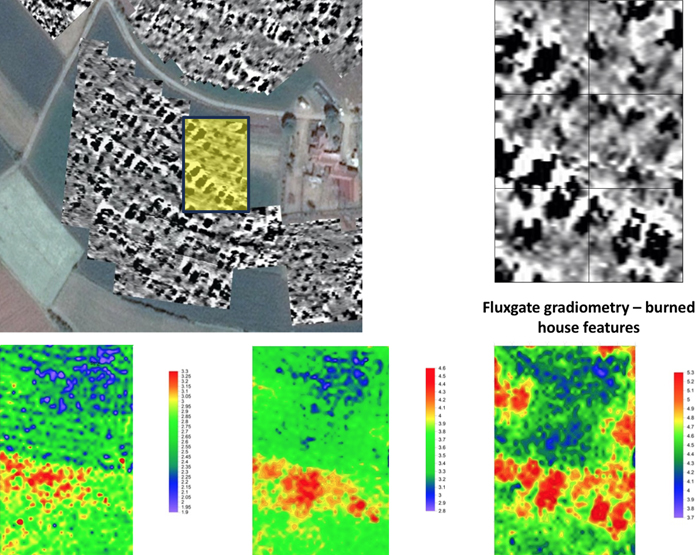18
NOV
11:00
Examining the Spatial Patterning of Starčevo and Vinča Culture Settlements in Central Serbia Through Multi-Method Geophysical Survey and Regional Pedestrian Survey Analysis
November 18, 2025 at 11:00 to November 18, 2025 at 12:30
Gosposka dvorana, Gosposka ulica 13, Ljubljana
Organizer: Inštitut za arheologijo
On Tuesday, 18 November 2025, Bryan Hanks from the Department of Anthropology, University of Pittsburgh will present results of multi-year research in Serbia.
This presentation details the results of the Šumadija Regional Archaeological Geophysics Project (SRGAP; project leaders Bryan Hanks and Miroslav Kočić), a multi-year program of exploratory surveys in central Serbia focused on settlement patterning connected with dispersed Early Neolithic Starčevo occupations and subsequent large-scale Vinča settlements. Through the use of multi-instrument geophysical survey, combined with pedestrian survey and artifact collection, a clear pattern of demographic change and community organization has been identified across the study region.

Geophysical survey included fluxgate gradiometry, multi-depth electromagnetic conductivity, and magnetic susceptibility of surface soils. Systematic pedestrian survey has documented surface artifact distributions across targeted areas and broader regional settlement patterning. These results reveal a significant transformation in settlement patterns between the Early and Late Neolithic periods with evidence of substantial demographic aggregation, including densely organized villages with extensive domestic architecture, storage facilities, and possible craft production areas.
The combined methods also identified clear boundary areas of settlements and the presence of large scale enclosure ditches and possible palisade features. These findings contribute to broader discussions of Neolithic demographic processes in the Balkans, reveal fundamental reorganization of social and economic systems, and illustrate the efficacy of combining surface and subsurface approaches to the study of settlement organization.